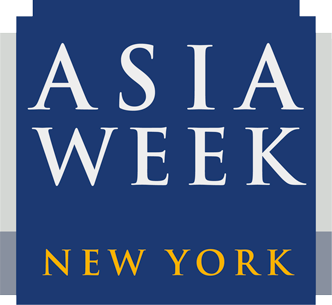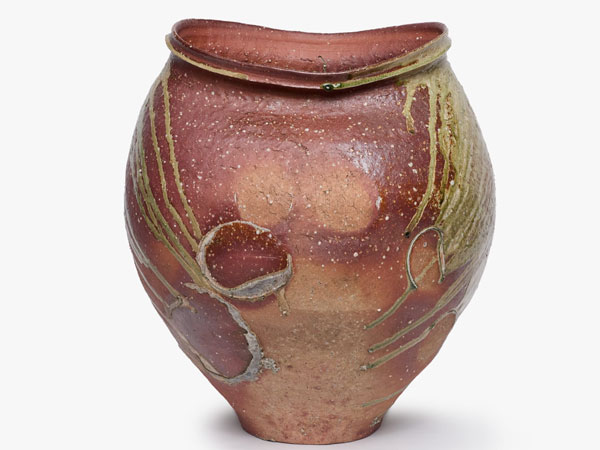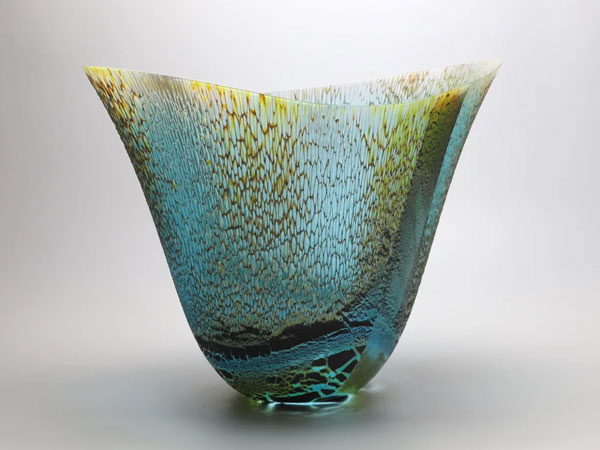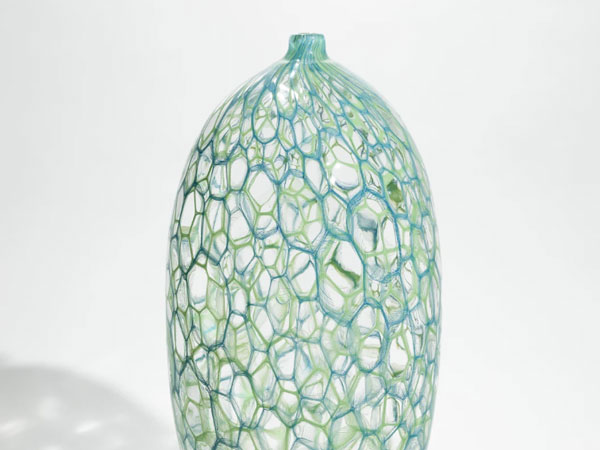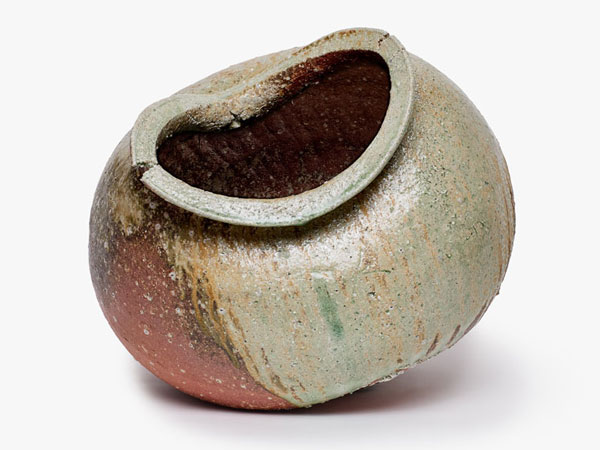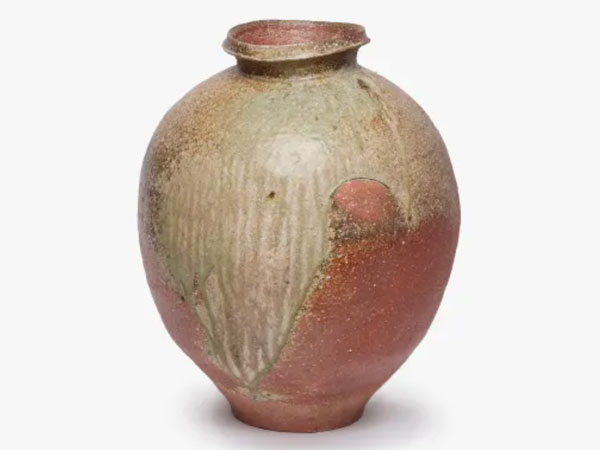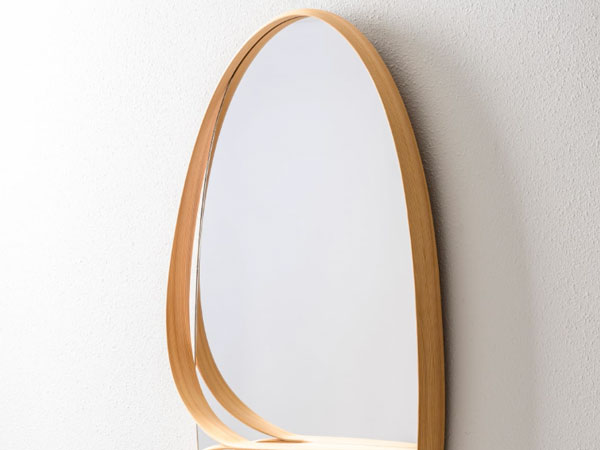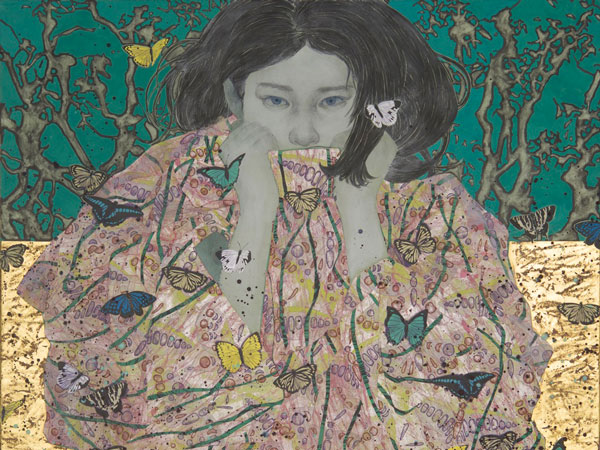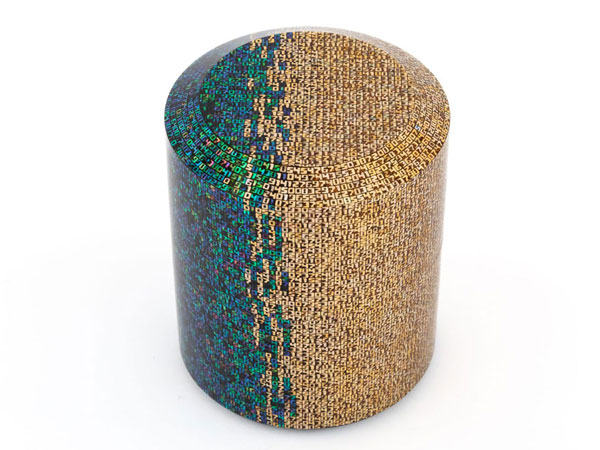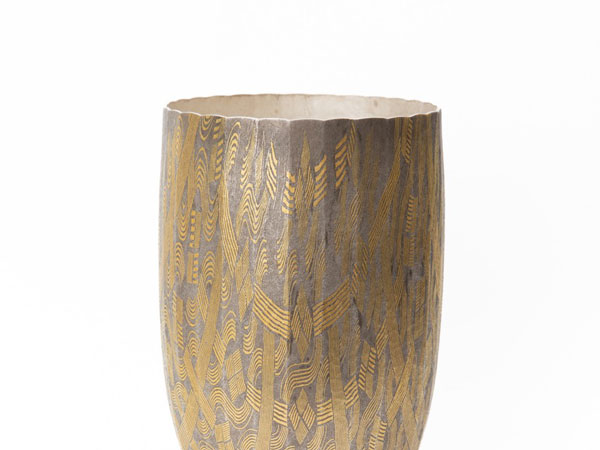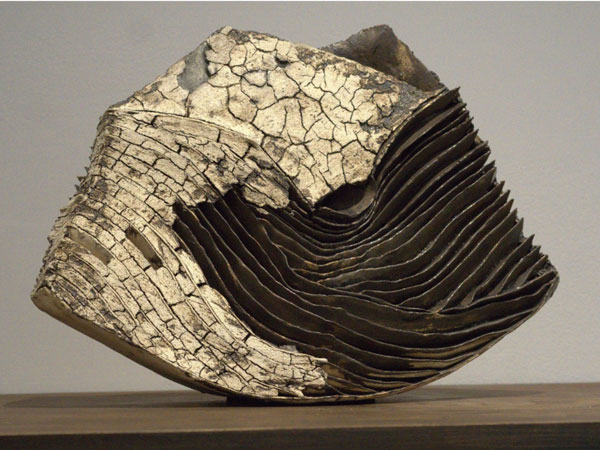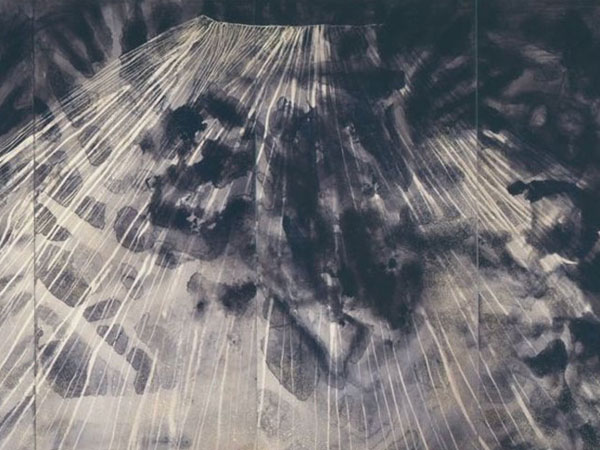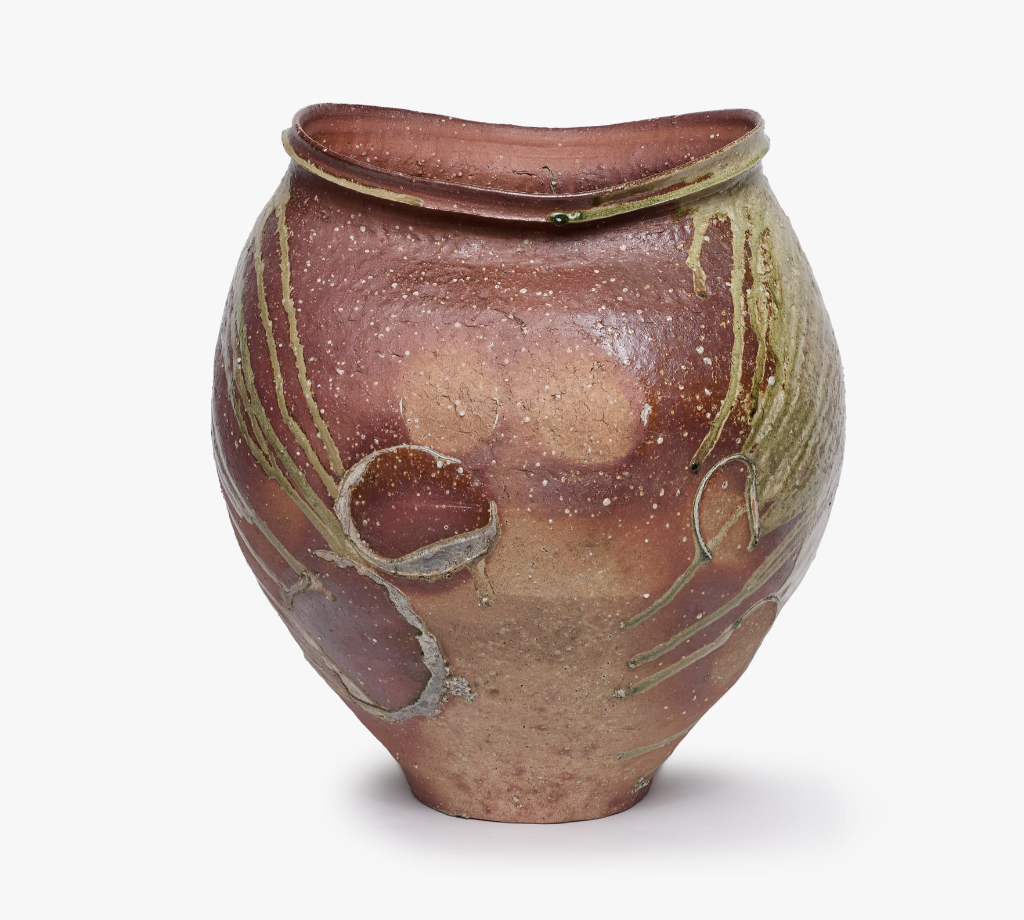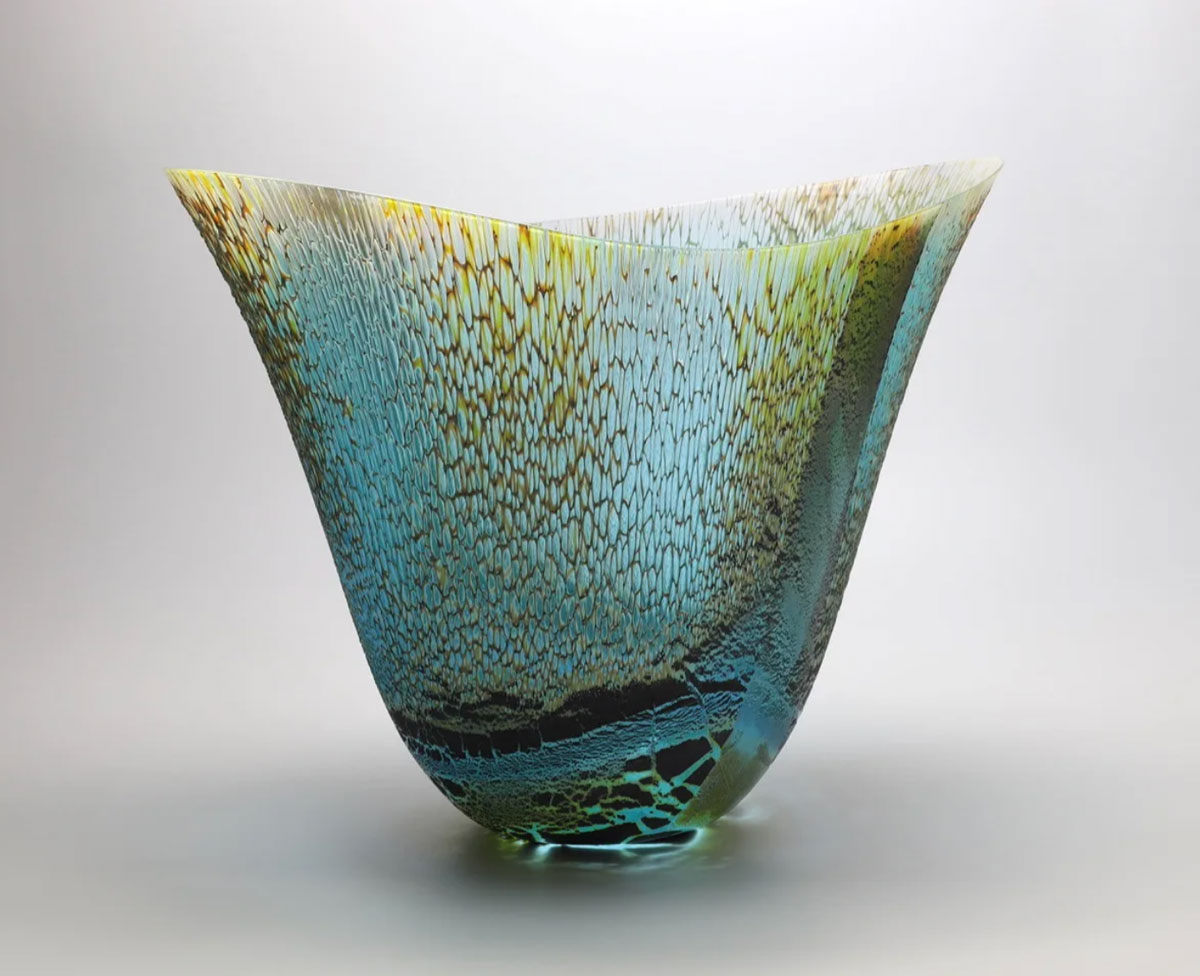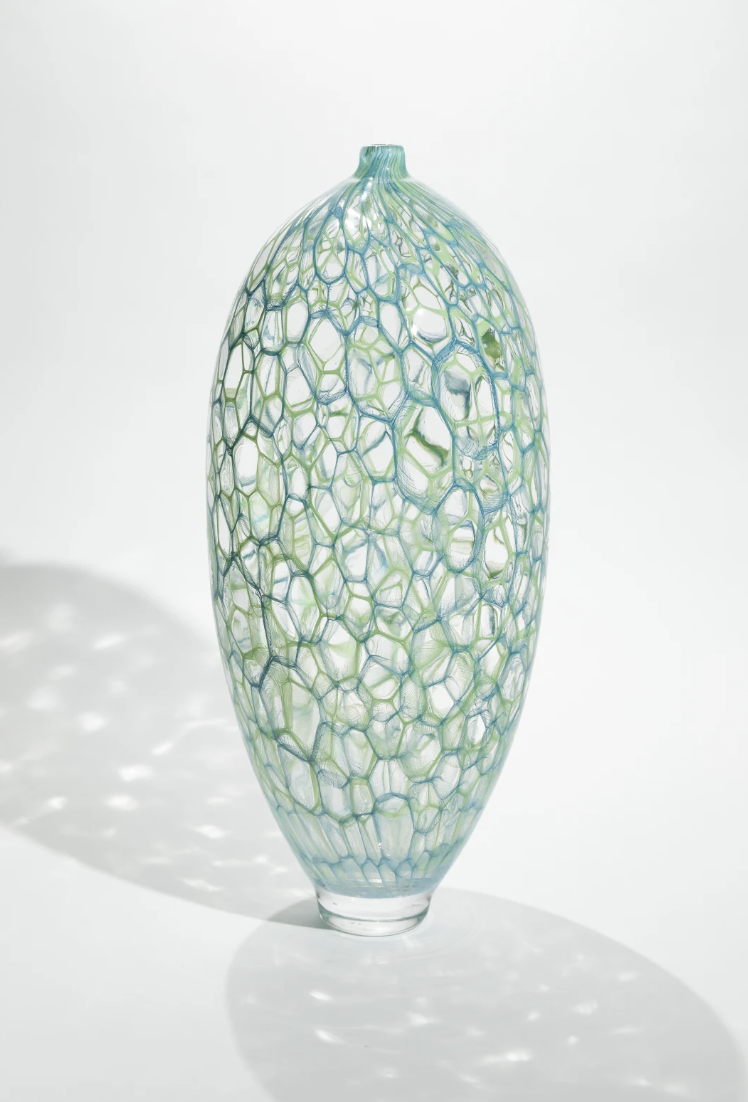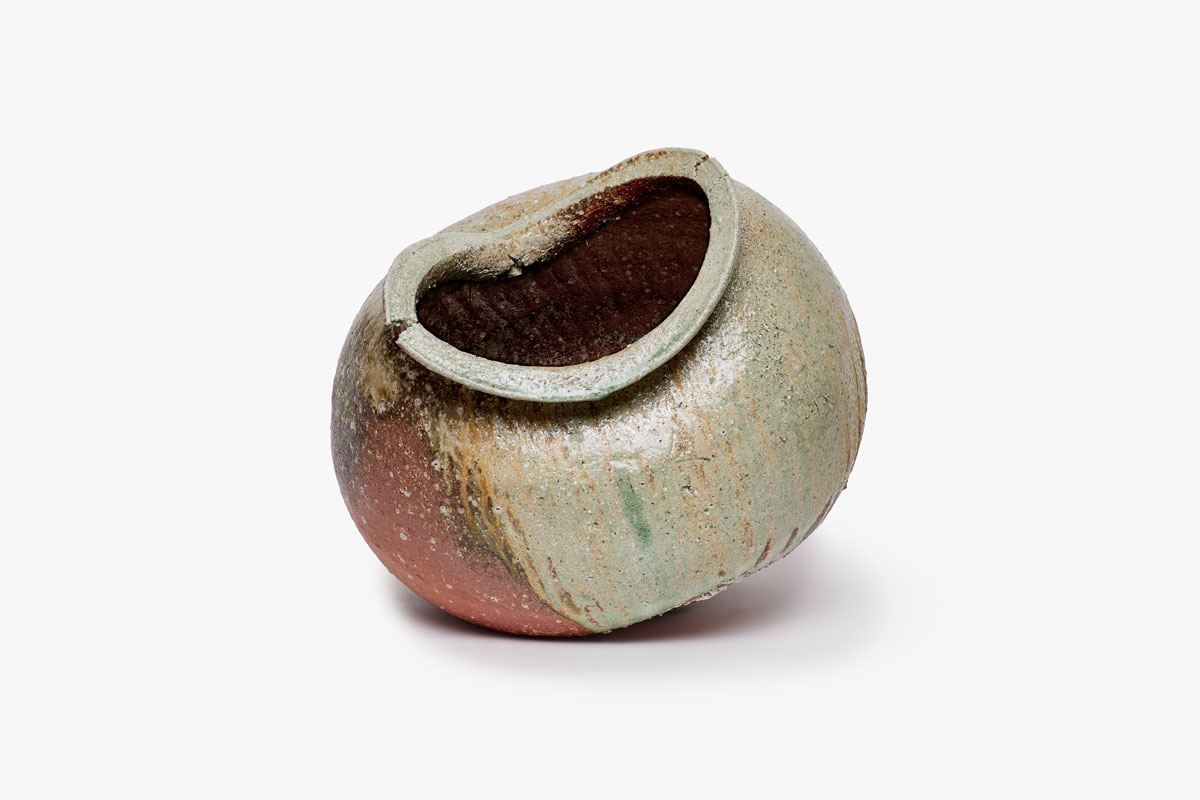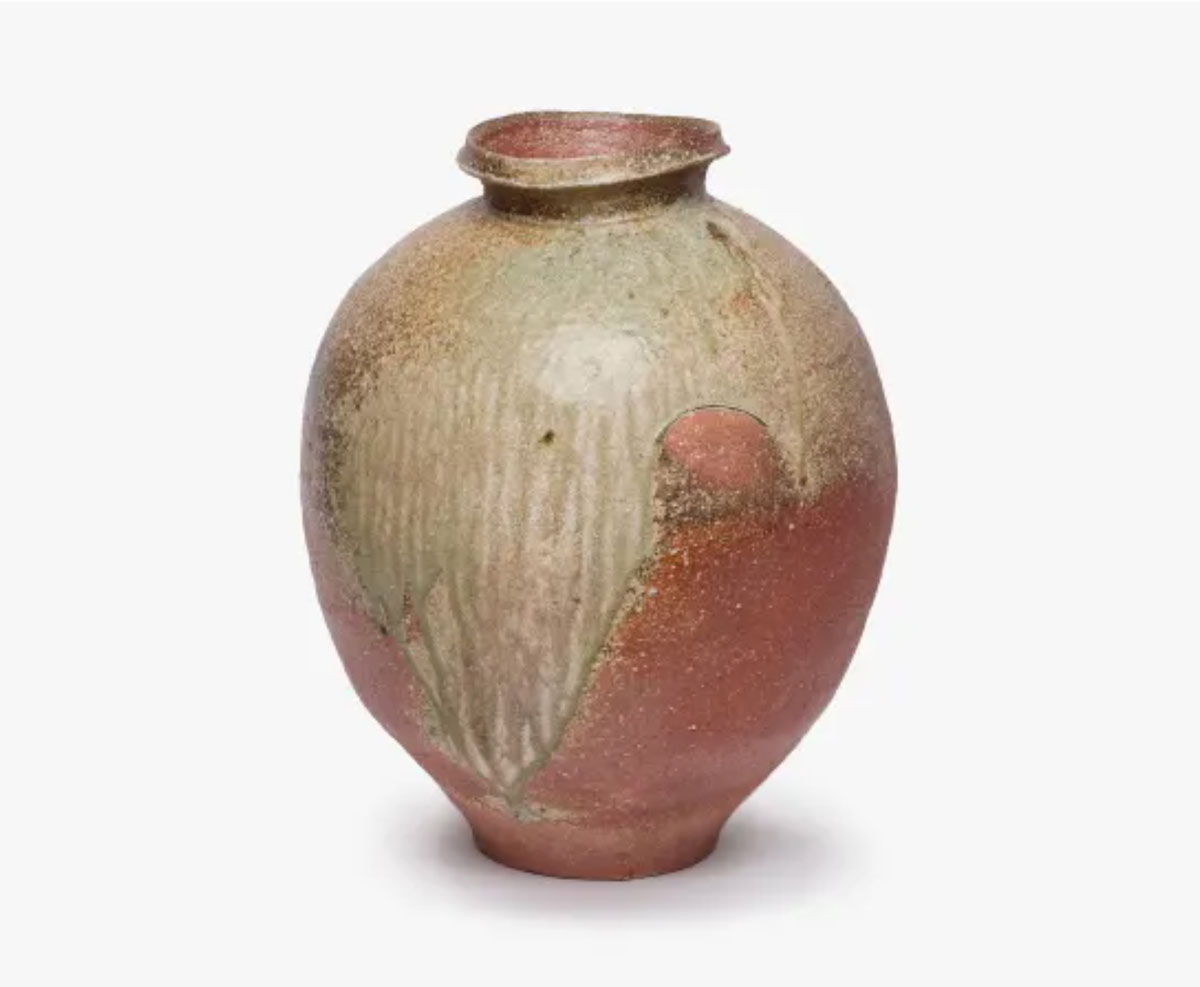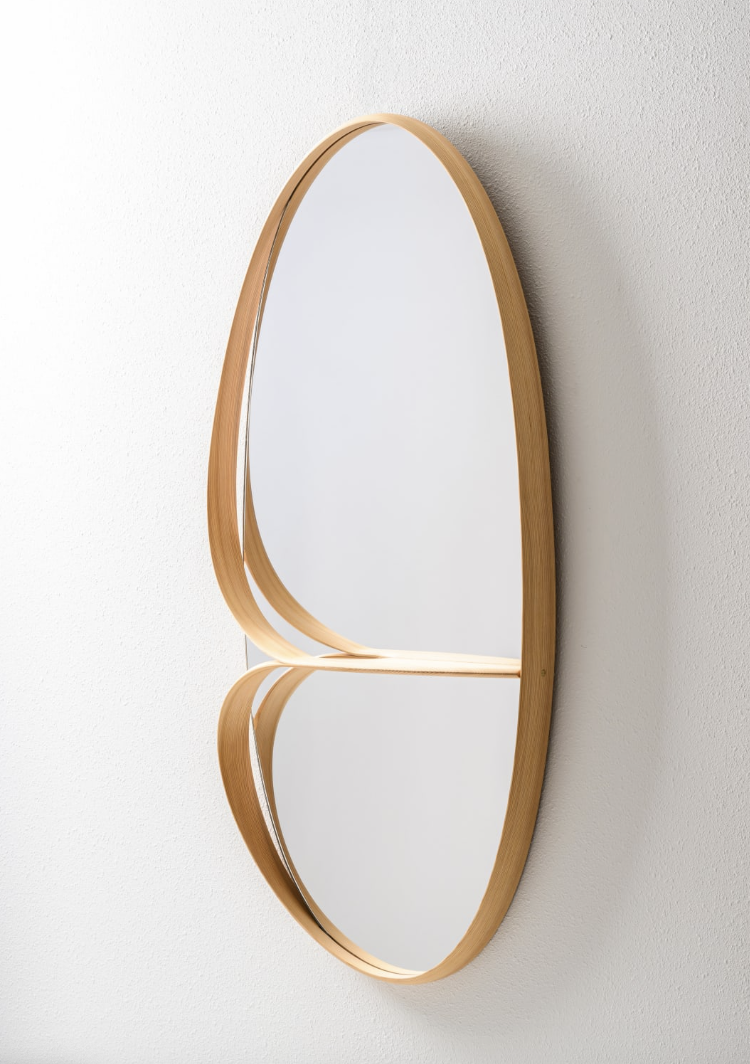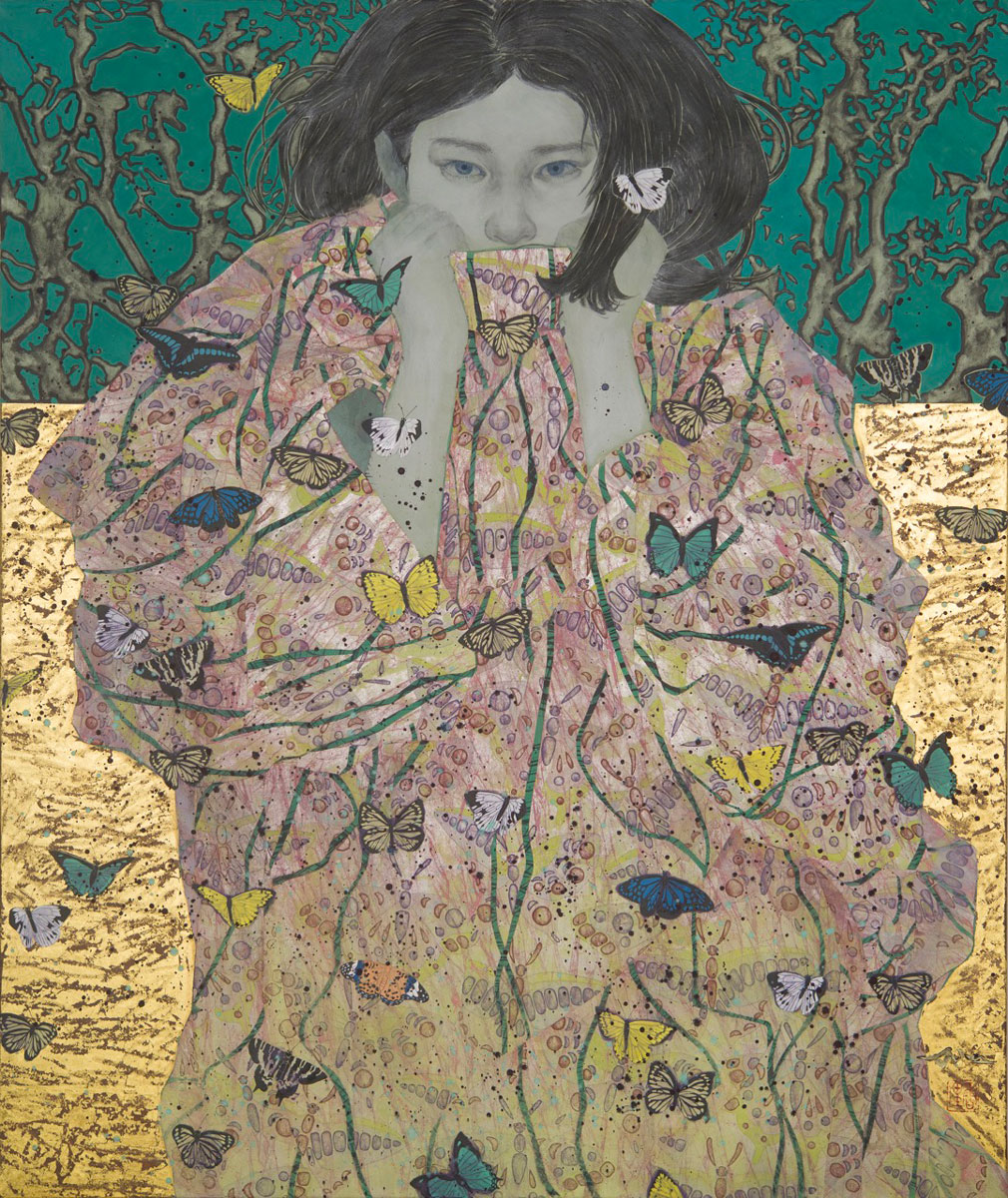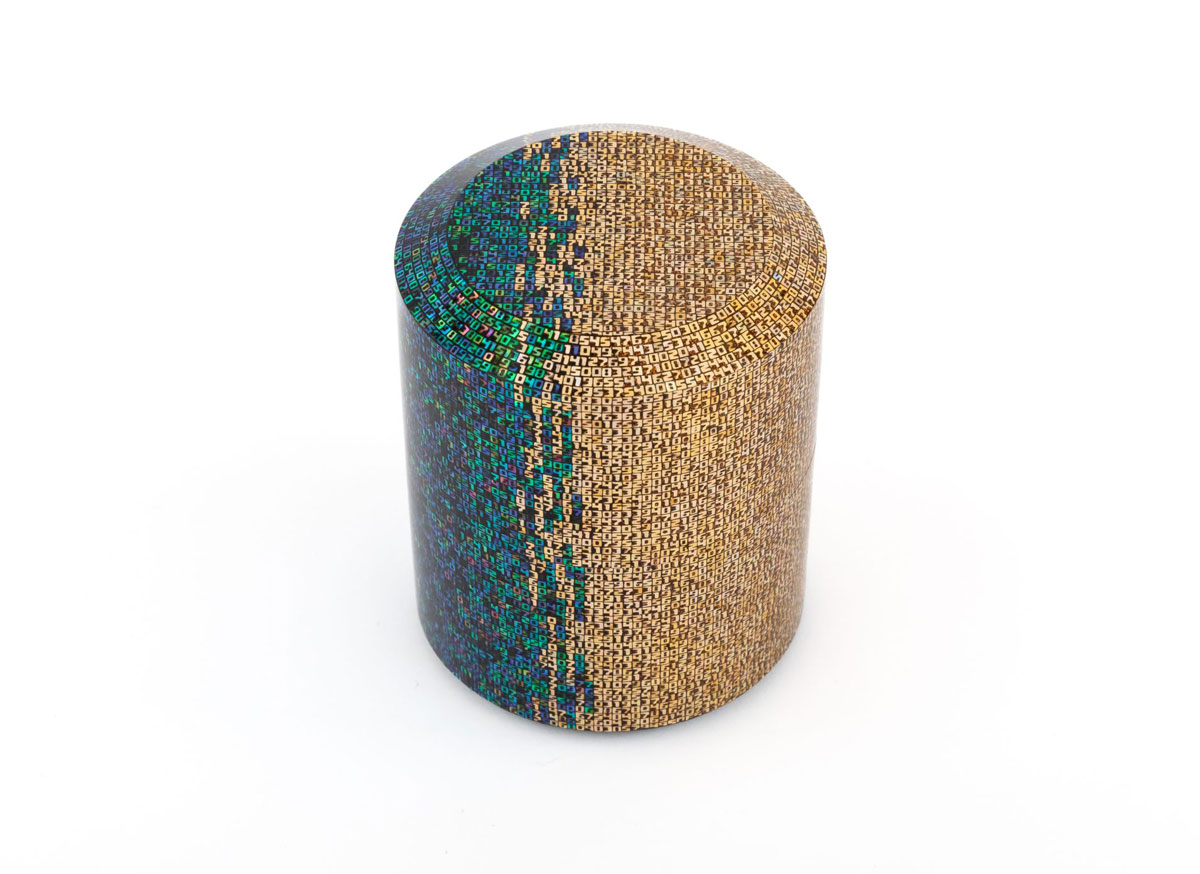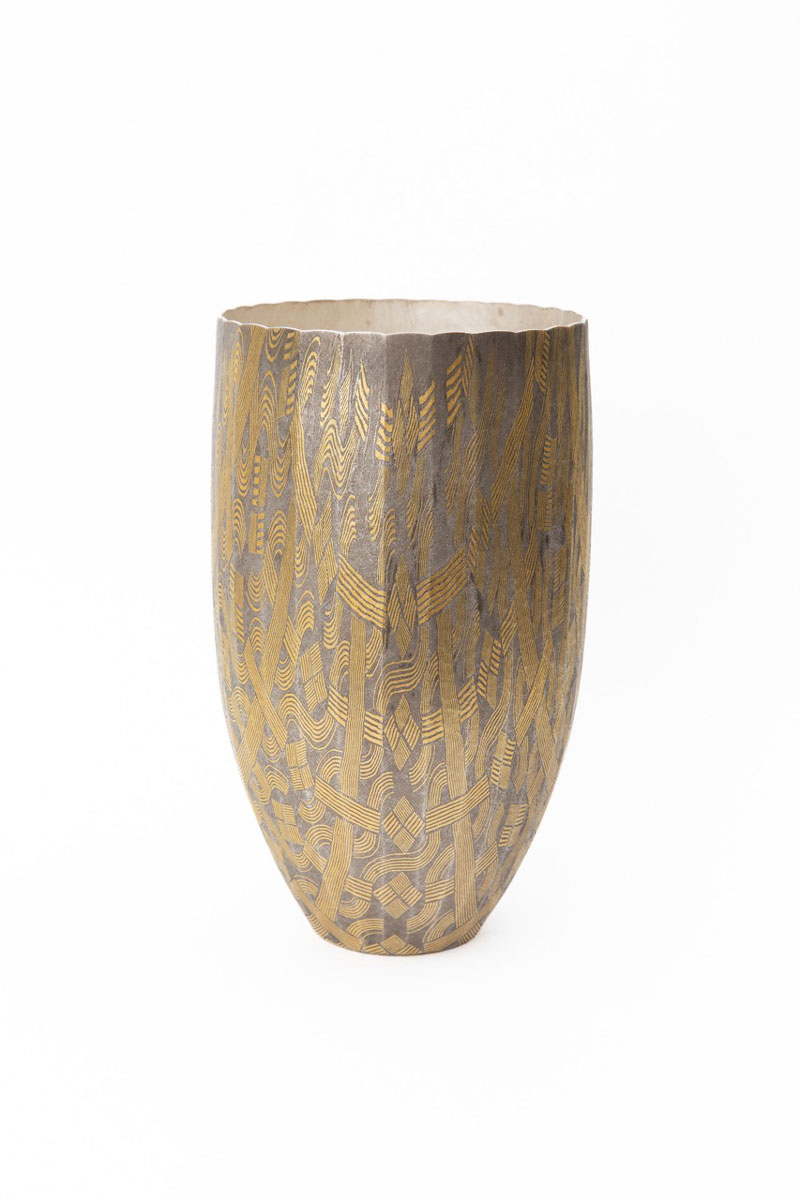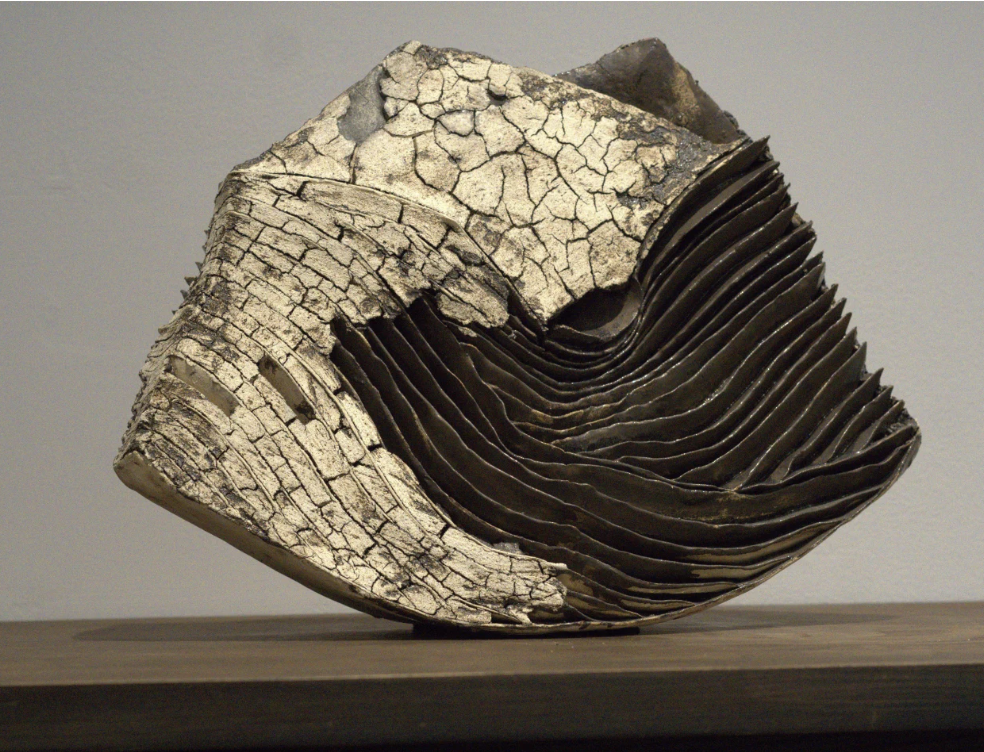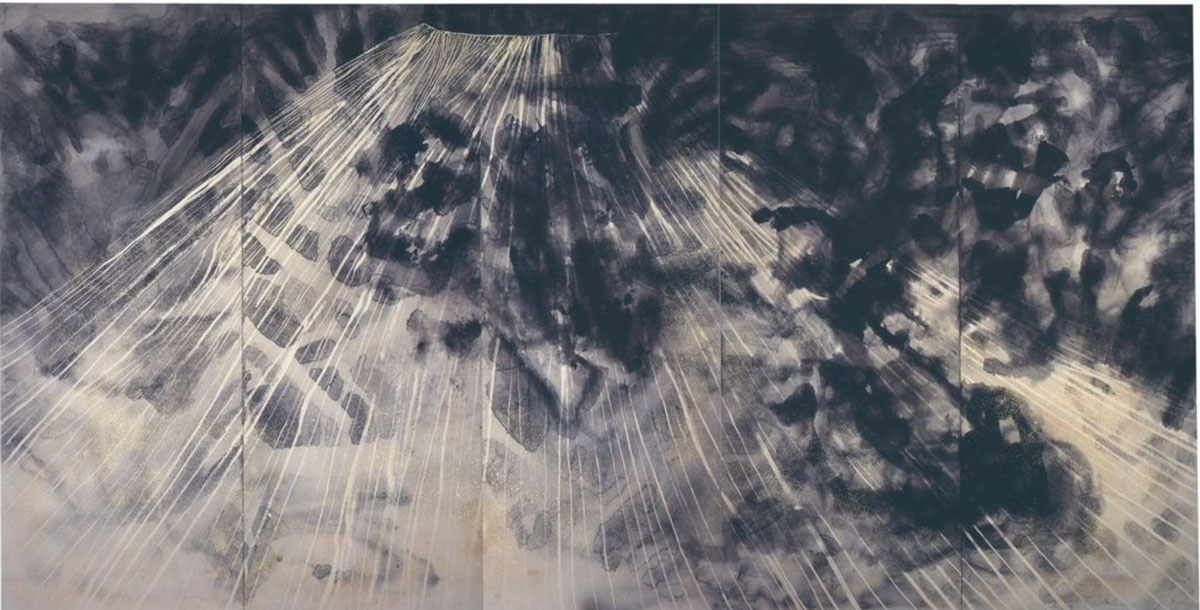The Aspen Art Fair
July 29 – August 2, 2025
Collector’s Preview: Tuesday, July 29 (11am–3pm)
Opening Reception: Tuesday, July 29 (3–5pm)
Fair Hours: July 30–August 1 (12 pm–6 pm) & August 2 (11 am–4 pm)
Hotel Jerome, 330 E Main St, Aspen, CO
We are proud to make our debut at the second annual Aspen Art Fair, held at the historic Hotel Jerome in the heart of Colorado’s majestic Rockies from July 29 to August 2, 2025.
Coinciding with Aspen Art Week—an internationally celebrated gathering of artists, curators, collectors, and gallerists—the fair offers a vibrant platform for global art exchange in a uniquely intimate alpine setting.
We invite you to Room 121 to experience our curated presentation of works that bridge tradition and contemporary expression!
For ticket information, please contact us.
To learn more about the fair, click here.
NEW ARRIVALS
Summer Collection: Design in Glass
July 2025
Soaking in the summer sunlight, we look ahead to the cooler season with a refreshing new selection. We proudly present a curated collection of glass artworks; each piece offers cool elegance for your interior. The refined craftsmanship of these works bring brightness and a serene presence to any space.
To learn more, click here.
Kai Tsujimura
July 2025
This summer, we’re thrilled to showcase new ceramics from Kai Tsujimura, a leading light of the generation of Japanese potters just now coming into their own.
From the hills of Nara, earthy ceramics lie scattered—as if they had sprouted from the ground after summer rain.
Trained under his father, the celebrated potter Shiro Tsujimura, Kai Tsujimura began his own journey in 2001, building his kiln deep in the Nara countryside. Since then, he has exhibited widely across Japan and the United States. In 2010, one of his large jars entered the permanent collection of the Minneapolis Institute of Art.
To learn more, click here.
RECENT EXHIBITION
Craft Garden: Landscape of Japanese Art
May 15 – June 28, 2025
Opening Reception: Thursday, May 15, 5-8pm
We are pleased to present Craft Garden: Landscape of Japanese Art featuring around twenty living artists who envision the philosophy of the Japanese garden in ceramics, lacquer, bamboo & plant fibers, glass, metal, wood, and painting this spring.
The Japanese garden, amongst the pond, trees, rocks, and moss, is a place to discover the fundamental attitude of coexistence between nature and humans. In the face of common natural disasters, this relationship defines the harmonious, yet resilient, Japanese lifestyle. Classical architecture such as the sitting veranda engawa connects inside and outside spaces. There is a closeness to nature; at a low viewing angle, aromas are most fragrant, shadows create beautiful vignettes, and sounds of the river current are peaceful. From this vantage, the sensory experience draws focus to craftsmanship where a glaze holds an entire cosmos.
The passage of time and change of the four seasons transpire with imperfection. A unique character emerges with appreciation for decay, weathering, asymmetry, or the ‘kiln-effect.’ The inextricable link between fine art craft and the garden is articulated as the transient wabi-sabi aesthetic; these artists exemplify this through different approaches.
Hiromi Itabashi’s uniquely minimalist expression of Zen ‘nothingness’ brings to the surface a spirit from within the ceramic. Agnes Husz strips clay to its raw materiality; stretching the slabs out into belts like the obi sash. From the series chosen as a 2025 LOEWE Craft Prize finalist, “Tomeishi” Stop-Stone acts as a marker delineating where the relationship between environment and human crosses into the sacred. Kenta Hirai—trained in technique by Irish woodworker Joseph Walsh—bends Yoshino cedar wood into a streamlined form without need for joinery; the organic qualities and colors of the Nara-native tree remain pristine. Hafu Matsumoto uses the natural warp and grain of the bamboo for his noshitake technique; cut strips are bent and rubbed into the basket shape with hot water. Brothers Yui and Kai Tsujimura contribute the beauty of Japan’s most traditional Shigaraki and Iga kiln styles; the bounty of the mountainside is embedded within the local origins of clay, ash, and firewood. Takashi Tomo-oka gives order to the chaos contained in a single organism teeming with life; bug bites, withered petals, and new blooms are captured in a pure state. Shigeru Uchida’s ‘Ji-an’ Teahouse of woven bamboo serves as an anchor that gives purpose to the garden.
We welcome you to experience the unique cultural viewpoint of today’s master craftsmanship.
To learn more, click here.
About the Gallery
Ippodo Gallery is a cultural bridge to Japan’s living master artists. Founded in Tokyo (1996-), the New York gallery (2008-) presents fine handcrafted and rare works created using traditional materials and methods. Each piece selected embodies Japanese aesthetic sensitivity that is born of a spiritual bond with nature. Ippodo’s exhibition program features unique objects — fine ceramics, lacquerware, metal crafts, sculpture, paintings, and works on paper — that celebrate human invention, the natural world, and sublime beauty.
